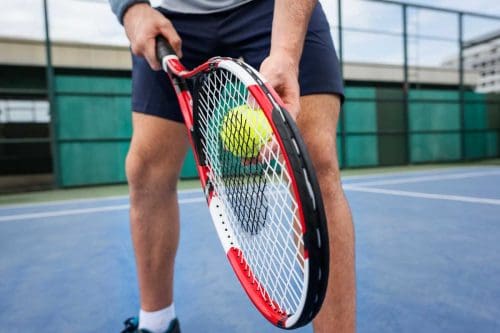If you're interested in adding new strength and resistance training methods to your fitness routine, you may be wondering what your options are beyond traditional weightlifting. For instance, does Pilates count as strength/resistance training? We've done the research and have all the answers you need to determine if Pilates is the right fit for you.
Yes, Pilates is considered strength/resistance training. With Pilates, you use your own bodyweight to create resistance and build muscle strength. Pilates is especially beneficial for building core strength, and can also help you increase your overall body strength since a Pilates workout involves a whole-body approach rather than isolating one muscle at a time.
Keep reading for more information on how to increase strength and resistance training in your Pilates workouts. We'll discuss Pilates' types and benefits, whether Pilates builds muscle mass, how Pilates compares to yoga, and whether you should try Pilates.

What Is Pilates?
Pilates is a low-impact full-body form of exercise that focuses on strengthening your core and improving your flexibility, balance, and posture. While popular among dancers and other athletes, anyone from beginners to seniors to weightlifters can perform and benefit from Pilates. There are two main types of Pilates: mat Pilates and reformer Pilates.
In mat Pilates, the moves are primarily performed while lying down or seated on a mat. You can perform mat Pilates in a class or at home, and it does not require any special equipment. However, you can also choose to add accessories like resistance bands to increase your workout intensity.
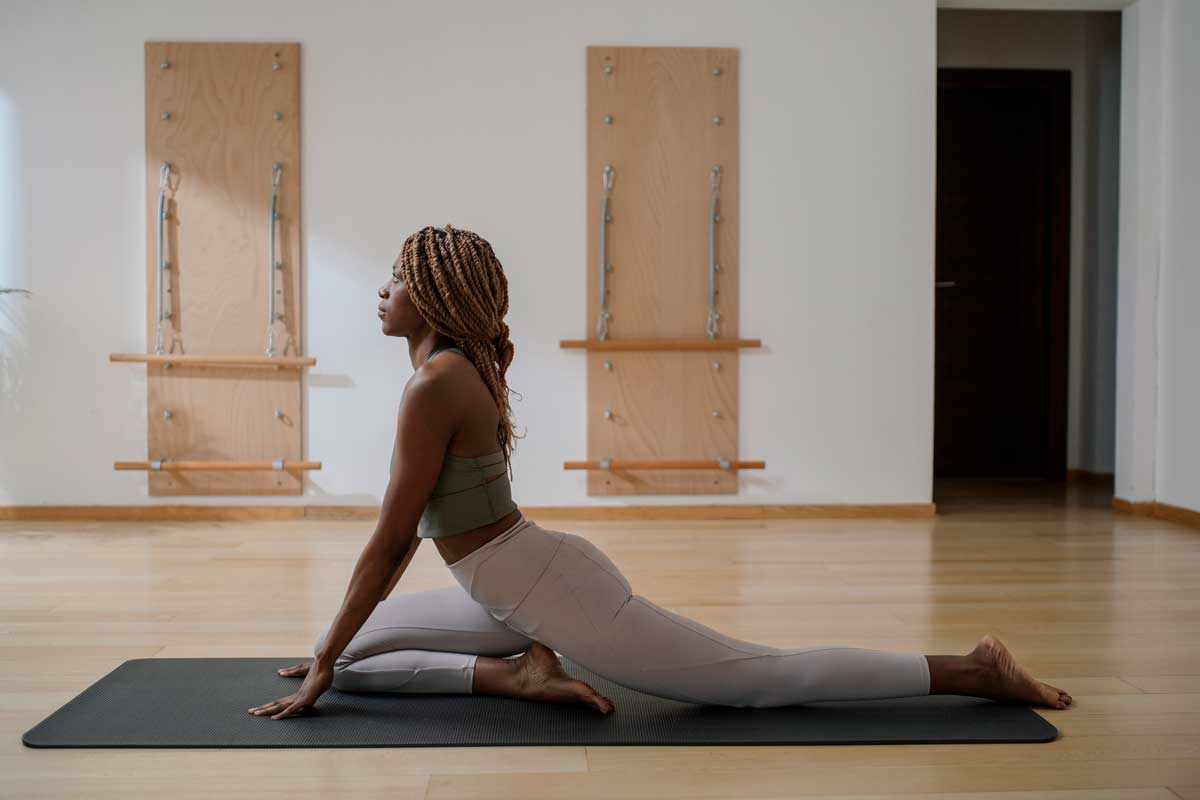
Reformer Pilates is performed at a Pilates studio or gym using a special machine called the reformer. The reformer consists of a padded sliding platform on wheels, with springs and pulleys that provide resistance. The tension of the springs and pulleys can be adjusted to increase the intensity.
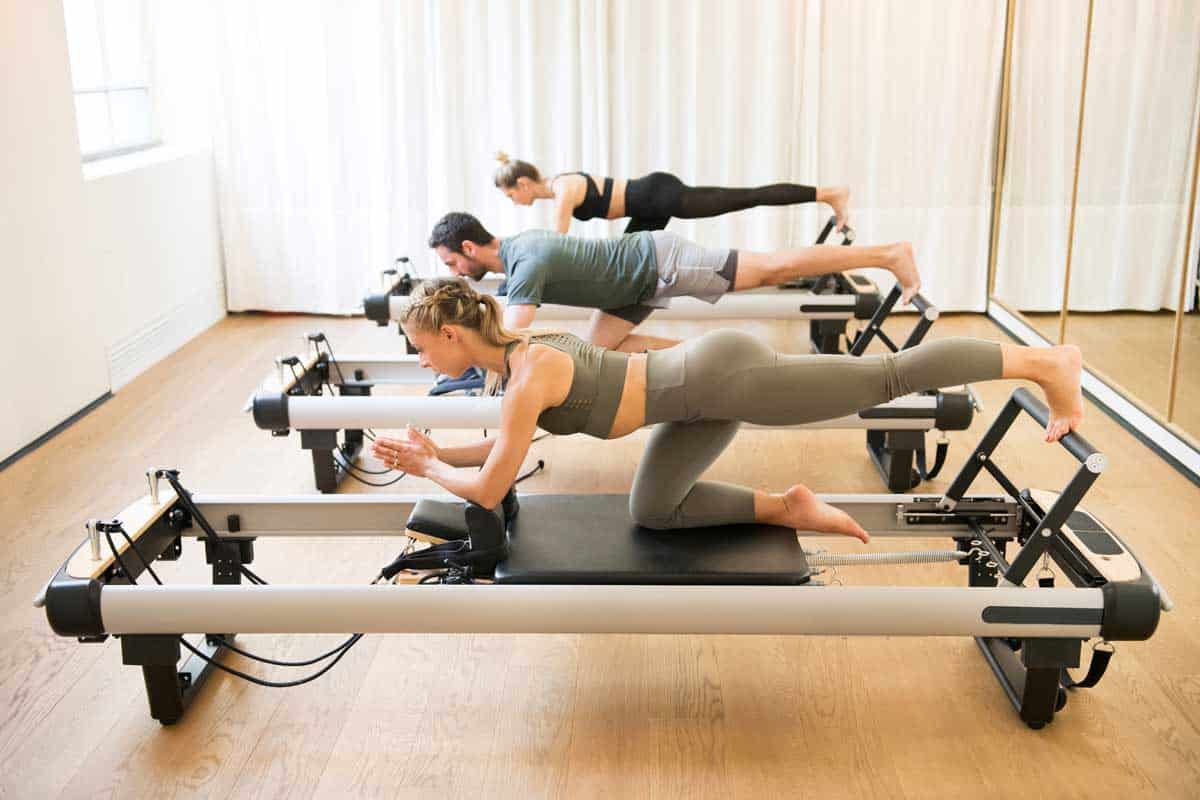
Is Pilates a Form of Strength Training?
Both types of Pilates are considered a strength and resistance training. In Pilates, with or without equipment, you use your own bodyweight resistance to work your muscles instead of traditional weights. As with any exercise, the amount of strength and resistance training you achieve while performing Pilates will depend on the workout's intensity, how you perform the individual moves, and your own body.
If your primary exercise goal is strength training, you can modify Pilates' movements to achieve maximum resistance. For instance, you can sometimes create a greater muscle burn by slowing down and taking longer to complete a particular move. If you are using equipment like the reformer, it can be adjusted to increase the resistance for greater strength training. If you are performing mat Pilates, you can incorporate equipment like resistance bands, the magic circle, or even small weights to up the resistance.
Click here for this Magic Circle Pilates Ring on Amazon.
What Does Pilates Do for Your Body?
Pilates provides many benefits for the body. Pilates can help you:
- Strengthen the core and abdominal muscles
- Create lean, toned muscles throughout the whole body
- Increase flexibility and mobility
- Improve balance and stability
- Achieve better posture
- Prevent or treat lower back pain
Can You Build Muscle With Pilates?
Pilates will help you strengthen and tone your muscles, but it will not help you "bulk up." If your goal is to build muscle mass, you will likely need to incorporate traditional weightlifting into your exercise regimen. However, Pilates can still play an important role in your weekly exercise routine. Since Pilates helps with your core strength, balance, and flexibility, it is a great complement to weightlifting. Improving your mobility and posture will help make your weightlifting sessions more effective and help prevent injuries.
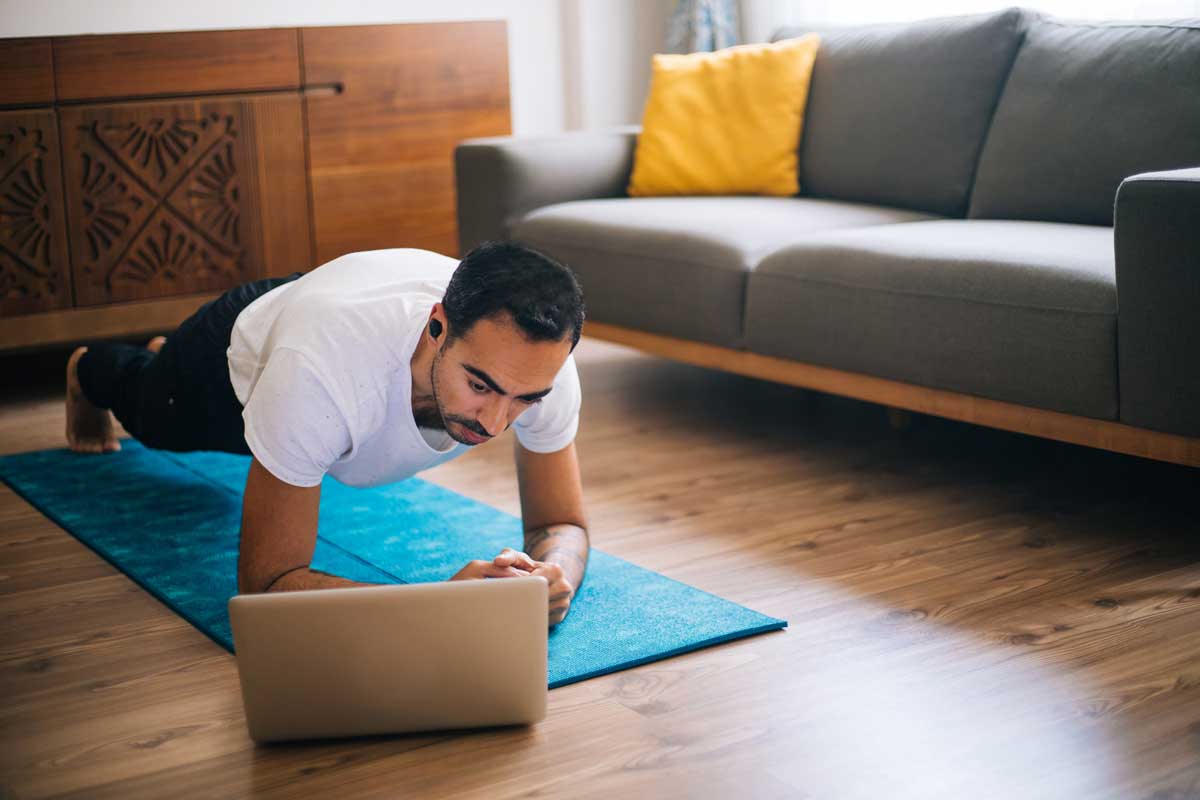
Does Pilates Make You Lean?
Pilates is a great exercise to help you achieve lean, toned muscles and maintain a healthy weight. Pilates is especially helpful for toning your stomach muscles and can help you reduce belly fat. However, it does not burn as many calories as some other forms of exercise. So if your primary goal is to lose weight, you will want to make sure you also include some cardio-focused exercises like walking, running, or swimming in your regular exercise routine along with Pilates. And of course, make sure you combine your exercise practice with healthy changes to your diet.
How Often Should I Do Pilates?
It's recommended for healthy adults to perform strength training exercises at least twice a week. With Pilates, you can achieve better results performing it three or even four times a week. Since Pilates is a low-impact exercise, you can even perform it every day if you like. If you choose to do Pilates more often, consider alternating mat and reformer Pilates for a more varied exercise program. And since mat Pilates can be performed anywhere, you can stream a Pilates video online or pick up a Pilates DVD for times when you can't make it to the gym.
Click here for the Winsor Pilates 3-DVD set on Amazon.
Just like with any exercise, you may experience soreness, especially at first. Pay attention to your body, and don't push yourself to do too much too fast. But also don't give up if it seems too hard at the beginning. Every exercise, including Pilates, will get easier with practice and repetition. The important thing is to maintain a consistent Pilates routine so you can continue to build steady progress.
Is Pilates Harder Than Yoga?
Pilates and yoga have many similarities, but they are not the same. Both focus on strengthening the core and improving balance and flexibility, and both incorporate breathing. Both can be performed by anyone at any level, but both may be difficult for beginners as with any new exercise method. Which exercise seems harder for you will mostly depend on your body and personal preferences.
Pilates usually involves more poses performed on the ground while yoga generally incorporates more standing poses. In Pilates, you tend to keep moving with counted repetitions and sets, whereas in yoga, you may move through a slow flow or hold a static pose for a minute or longer.
While both Pilates and yoga incorporate core exercises, Pilates places a stronger emphasis on the core, and you will usually spend more time working your abdomen in a Pilates class than in a yoga one. Both Pilates and yoga emphasize a mind-body connection, but meditation usually plays a bigger part in yoga than in Pilates.
Depending on the class, both Pilates and yoga can incorporate cardio elements. There is some crossover with poses that overlap in both yoga and Pilates. Some yoga teachers may include Pilates exercises in their yoga class and vice versa. Depending on the yoga style and individual teacher, a yoga class could share many similarities with Pilates or be drastically different. The same goes for whether it's harder or easier.
When deciding whether to choose Pilates or yoga, the best advice is: why not both? Try both styles of exercise, including various classes and different teachers, before deciding which one is right for you. Both offer amazing health benefits, so there's no reason you can't incorporate both Pilates and yoga in your regular exercise practice. All you need is a mat!
Click here for this thick Gaiam Essentials exercise mat on Amazon.
Is Pilates Good for Stretching?
Flexibility is critical for maintaining a full range of motion, preventing injury, and reducing pain. Pilates is a terrific form of exercise for stretching and improving your flexibility. Most Pilates classes focus on a whole-body workout and incorporate stretches that target a variety of muscles.
With a specific focus on the core, many of the exercises and stretches in Pilates can help people suffering from lower back pain since weak abdominal muscles and tight hamstrings from sitting all day are common causes of these issues.
Stretches in a Pilates class are often dynamic stretches. Dynamic stretches involve increasing range of motion through progressive movement and repetition instead of static stretches, which involve holding a pose without moving for up to 30-seconds or more. Pilates can also involve static stretches, but these types of poses are more common in yoga. Whether dynamic or static, almost everyone can benefit from incorporating more stretching in their daily routine, and Pilates provides an effective and fun way to do that.
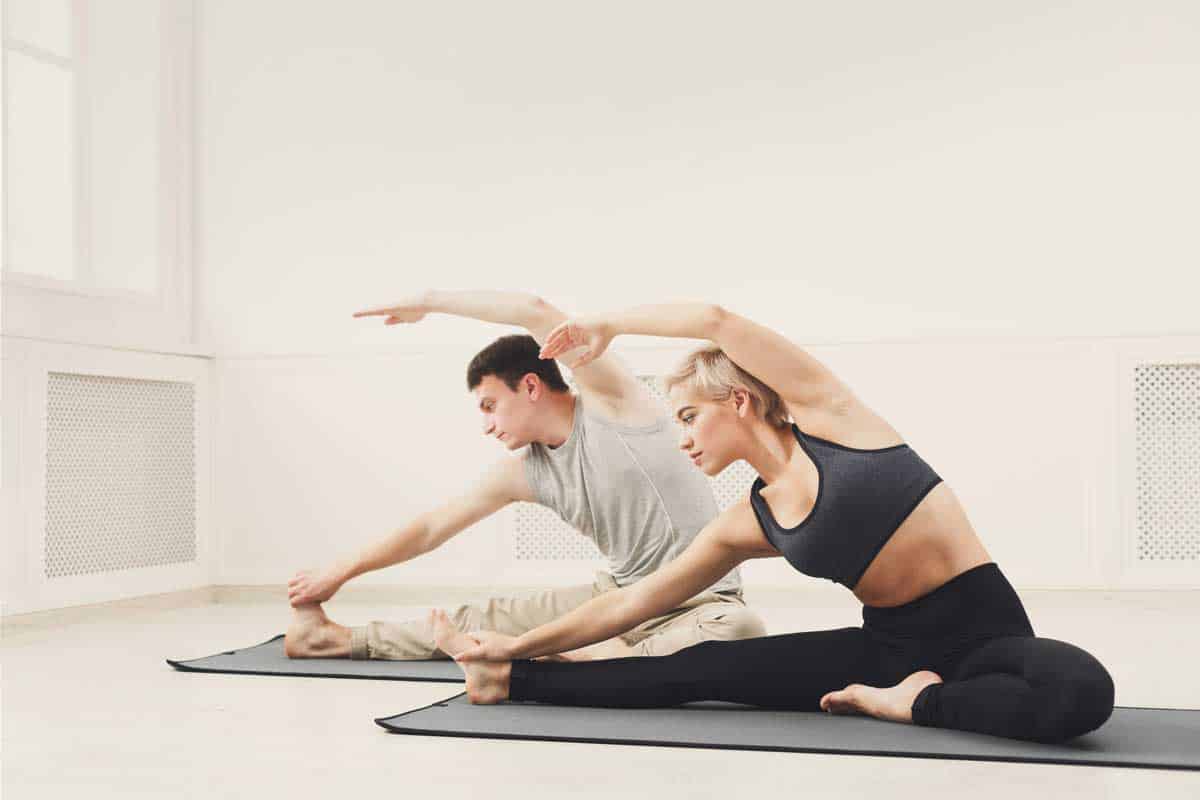
Conclusion
Pilates is a great exercise to try if you'd like to add new strength and resistance training methods to your workout. Whether combined with a traditional weightlifting regimen or performed on its own, it can help you develop lean, toned muscles and a strong core. Plus, with the added benefit of improving your flexibility, balance, and posture, it's the perfect low-impact exercise that almost anyone can enjoy.
For more exercise tips, check out some of our other articles:





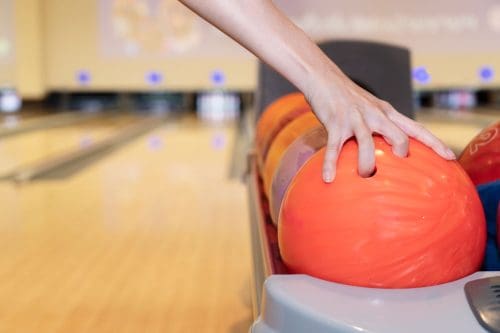
![Read more about the article How Much Does It Cost to Go Bowling? [and Should You Buy Your Own Gear]](https://fitseer.com/wp-content/uploads/2020/10/Close-up-view-score-monitor-in-bowling-club-500x333.jpg)
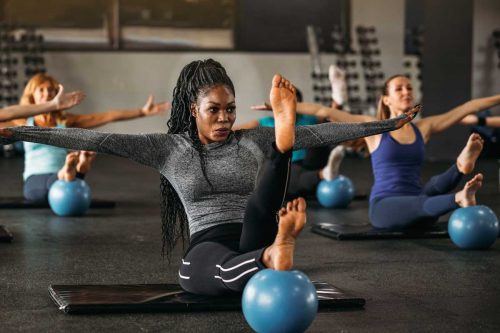
![Read more about the article Can Football End In A Tie? [Here’s When This Can Happen]](https://fitseer.com/wp-content/uploads/2020/10/Quarterbacks-in-position-getting-ready-to-play-football-500x333.jpg)
